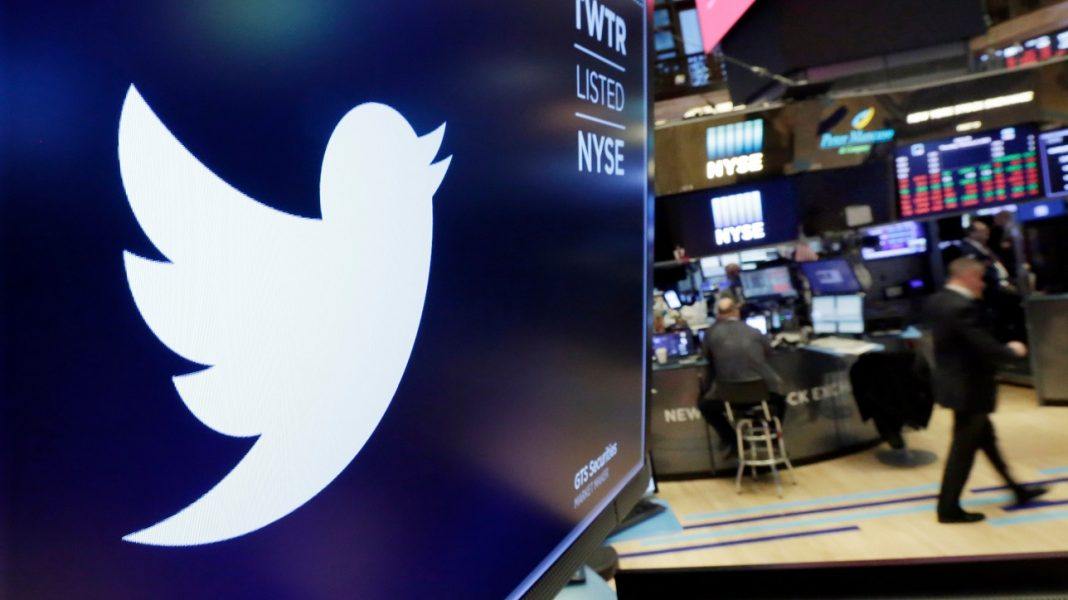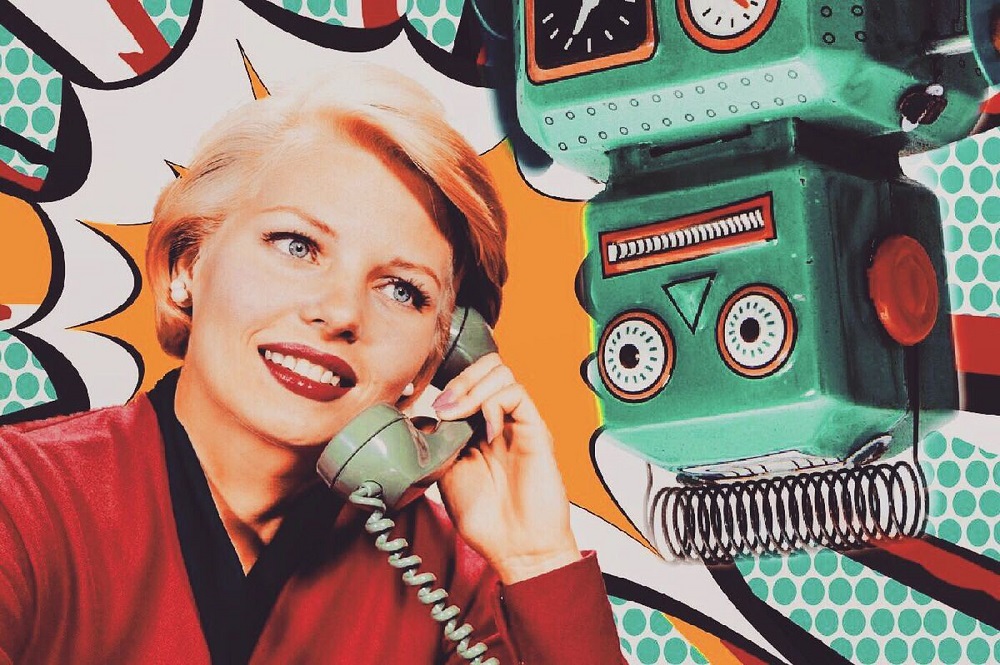
Social media giant Twitter unveiled the first iteration of its new political ad ban, but there will certainly be plenty of protests and questions in need of answers. Jack Dorsey’s new policy is basically just a rough outline of his policy that doesn’t seem quite ready for primetime.
“This is entirely new terrain,” said Vijaya Gadde, legal, policy, and trust and safety lead at Twitter, in a call with reporters on Friday. She acknowledged that especially on the global level, Twitter has a lot of specifics to figure out, and that some areas will be subjective. “We’re also prepared that we’re going to make some mistakes, and we’re going to have to learn and improve this policy over time,” she said.
Twitter’s new ban on political ads will cover appeals for votes, solicitations for campaign contributions and any political content. But the company quickly acknowledged Friday that it expects to make mistakes as individuals and groups look for loopholes. Plus, Twitter won’t be enforcing the new policy until November 22.
Twitter is defining political content to include any ad that references a candidate, political party, government official, ballot measure, or legislative or judicial outcome. The ban also applies to all ads — even non-political ones — from candidates, political parties and elected or appointed government officials.
However, Twitter is allowing ads related to social causes such as climate change, gun control and abortion. People and groups running such ads won’t be able to target those ads down to a user’s ZIP code or use political categories such as “conservative” or “liberal.” Rather, targeting must be kept broad, based on a user’s state or province, for instance.
News organizations will be exempt so they can promote stories that cover political issues. While Twitter has issued guidelines for what counts as a news organization — single-issue advocacy outlets don’t qualify, for instance — it’s unclear if this will be enough prevent partisan websites from promoting political content.
Twitter announced its worldwide ban on political ads Oct. 30, but didn’t release details until Friday. The policy, which goes into effect next Friday, is in stark contrast to Facebook’s approach of allowing political ads, even if they contain false information. Facebook has said it wants to provide politicians with a “level playing field” for communication and not intervene when they speak, regardless of what they’re saying.
Response to Twitter’s ban has been strong and mixed, with critics questioning the company’s ability to enforce the new policy given its poor history banning hate speech and abuse from its service. The company acknowledges it will make mistakes but says it’s better to start addressing the issue now rather than wait until all the kinks are worked out.
Aside from ongoing concerns about foreign elections interference, the political advertising issue rose to the forefront in recent months as Twitter, along with Facebook and Google, refused to remove a misleading video ad from President Donald Trump’s campaign that targeted Democratic presidential candidate Joe Biden.
In response, Democratic Sen. Elizabeth Warren, another presidential hopeful, ran her own ad on Facebook taking aim at Facebook CEO Mark Zuckerberg. The ad claimed — admittedly falsely to make its point — that Zuckerberg endorsed Trump for re-election.
Over the past several weeks, Facebook has been pressed to change its policy. But it was Twitter instead that jumped in with its bombshell ban.
Drew Margolin, a Cornell University communications professor who studies social networks, said Twitter’s broad ban is a reflection that “vetting is not realistic and is potentially unfair.”
He said a TV network might be in a position to vet all political ads, but Twitter and Facebook cannot easily do so. While their reliance on automated systems makes online ads easier and cheaper to run, Margolin said it also makes them an “attractive target” for spreading misinformation.
Political advertising makes up a small sliver of Twitter’s overall revenue. The company does not break out specific figures each quarter, but it said political ad spending for the 2018 midterm election was less than $3 million. It reported $824 million in third-quarter revenue.
Because of this, the ban is unlikely to have a big effect on overall political advertising, where television still accounts for the majority of the money spent. In digital ads, Google and Facebook dominate.
Unlike Facebook, which has weathered most of the criticism, Google has been relatively quiet on its political ads policy. It has taken a similar stance to Facebook and does not review whether political ads tell the truth.
Twitter, Facebook and Google already take steps to prevent political manipulation by verifying the identities of some political advertisers — measures prompted by the furor over Moscow’s interference. But the verifying systems, which rely on both humans and automated systems, have not been perfect.

Anti-Robocall Bill Moves Forward
It’s looking like an anti-robocall bill will get sent to President Donald Trump this year, helping tackle an infuriating problem in the U.S.
House and Senate leaders said Friday they’ve reached an agreement in principle on merging their two versions of bills against robocalls.
The House bill had gone further than the Senate one. Details about what’s in the final bill are still to come, but legislators say it will require phone companies to verify that phone numbers are real, and to block calls for free. It will also give government agencies more ability to go after scammers.
It’s the latest effort in a crackdown, building on steps by state attorneys general and the Federal Communications Commission as well as the phone companies.
Phone companies have been rolling out verification tools after prompting from regulators. These reassure customers that the number showing up on their phone is actually the number that called, and not a fraudster “spoofing,” or faking, the number to try to get people to pick it up. Numbers can be faked to look like they’re coming from the IRS, for example, or from a number with the same area code as you. But to combat this successfully, all carriers need to put the anti-spoofing system in place.
Telecom companies are also offering call-blocking apps for smartphones and many home phones, although not always for free. The FCC in June gave them permission to turn on call-blocking by default. While tools had been available before, customers might not have known to ask about them.
Robocalls have become almost inescapable as the cost of sending them dropped and going after callers is difficult. Tech vendor YouMail said there were 5.7 billion calls from scammers, telemarketers, debt collectors and others in October. Not all those calls are unwanted, though — you might want to get the call from your pharmacy saying your prescription is ready.

